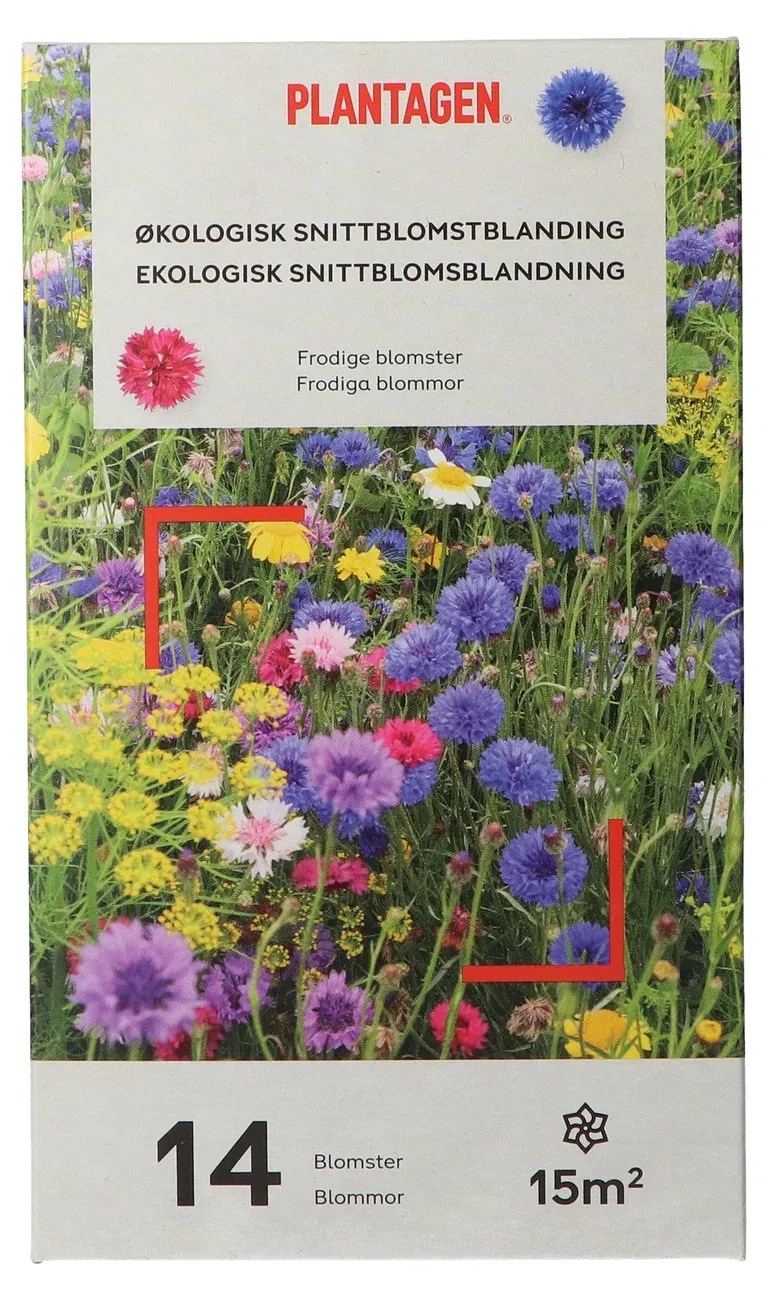Flower meadows – a paradise for pollinators
Flower meadows are not only beautiful—they're also vital for many pollinators. Unfortunately, nearly all natural meadows have disappeared today, and with them, many plant and insect species. But it's not too late to make a difference. Here's how you can help.

Imagine lying in a sea of flowers, watching the clouds drift by—there’s hardly anything more relaxing. But meadows aren’t just beautiful or good for the soul. Many specialized insects, like certain butterflies, are completely dependent on them. These species can't find their favorite plants anywhere else, which makes the decline of meadows a serious concern.
The reason for this loss lies in changes to agriculture. In the past, farmers used scythes to cut the meadows and removed the clippings. This kept the soil low in nutrients, which benefited many meadow flowers and grasses that struggle to compete in rich soil. But with modern farming methods, these meadows have dwindled, and today, only a couple of percent remain compared to a hundred years ago.
But there’s still hope. Just one square meter of meadow can support interactions between fifty different insect species. So even a small patch in your garden can become a paradise for pollinators.
Meadow flowers thrive in poor soil
A key requirement for creating a wildflower meadow is poor soil. That might sound strange, since we’re usually told that nutrients are good for plants—but in this case, it’s the opposite. A meadow should never be fertilized and should ideally be established on unfertilized ground. Wildflowers simply can’t compete with the aggressive plants and weeds that thrive in nutrient-rich soil.
The easiest way to get started is to revive an old meadow, but it’s also possible to create a new one—it just takes a little time. Mowing the meadow with a scythe year after year and removing the cuttings will gradually reduce the soil’s nutrient content. Choosing the right location is also important. Meadow flowers generally prefer sunny spots, although some wildflower mixes will also work in partial shade.
Which flowers should I choose?
You’ll get the best results if you match your meadow plants to your local growing conditions—your climate, soil type, and sun exposure. Your local nature conservation society can often provide advice and useful tips.
To make things easier, you can opt for a ready-made seed mix. These usually contain a blend of flowers and grasses. If you want your meadow to establish quickly, you can also plant mature plants. Mixing perennials with annual flowers is a great idea—perennials create a long-lasting foundation, while annuals like cornflowers and poppies provide beautiful blooms while the perennials are getting established.
Tips for a lush meadow
- Make sure the lawn is low in nutrients and well-drained
- Remove weeds that compete with the meadow flowers
- Choose a sunny spot – there are seed mixes for shade, but sun is generally better, and most pollinators also prefer sunny conditions
- Keep the newly sown area moist, and remove the cut vegetation in the fall after the plants have dropped their seeds. For best results, cut with a sharp scythe.
- Mature plants give the fastest results, but you can also sow seeds – about a tablespoon of seeds per square meter is ideal.
Several paths to a flower meadow
Not everyone wants to create a traditional wildflower meadow – and there are actually shortcuts. These meadows might not benefit traditional meadow plants or the insects that depend on them in the first few years, but they still contribute to biodiversity.

Image: Liselotte Roll
Here are tips on how to make a simpler meadow out of your lawn
- The lazy method
If you have an older lawn, there's a good chance it contains wildflower seeds just waiting to bloom. Try letting the grass grow freely and see what appears.
- The middle-ground method
Mow the lawn very short and scratch the surface of the soil. Sow meadow flower seeds or plant established wildflower plants. If you sow yellow rattle, it will parasitize the grass, reducing its growth and giving the meadow flowers a better chance.
- The thorough method
Remove the top layer of grass and mix the soil surface with sand, peat, and fine gravel to create nutrient-poor soil. This method helps establish a meadow fairly quickly.
Always mow a meadow in the fall after the flowers have dropped their seeds, and remove the cuttings. This helps create soil conditions that suit traditional meadow flowers over time.
Some meadow flowers that pollinators love
(Suitable for dry to normal soil in sunny locations)
- Wild marjoram
- Knapweed
- Maiden pink
- Ragged robin
- Yellow chamomile
- Corn cockle
- Corn poppy
- Cowslip
- Musk mallow
- Viper’s bugloss
- Oxeye daisy
- St John's wort
- Sainfoin
- Yarrow
- Field scabious
- Hawk’s-beard
- Ribwort plantain
- Rock rose
- Large bellflower

Swedish garden inspirer, journalist and author of books about nature, cultivation and animals, such as "Soil", "Grow for insects" and "Chickens as a hobby".
Read more:
You are here:












